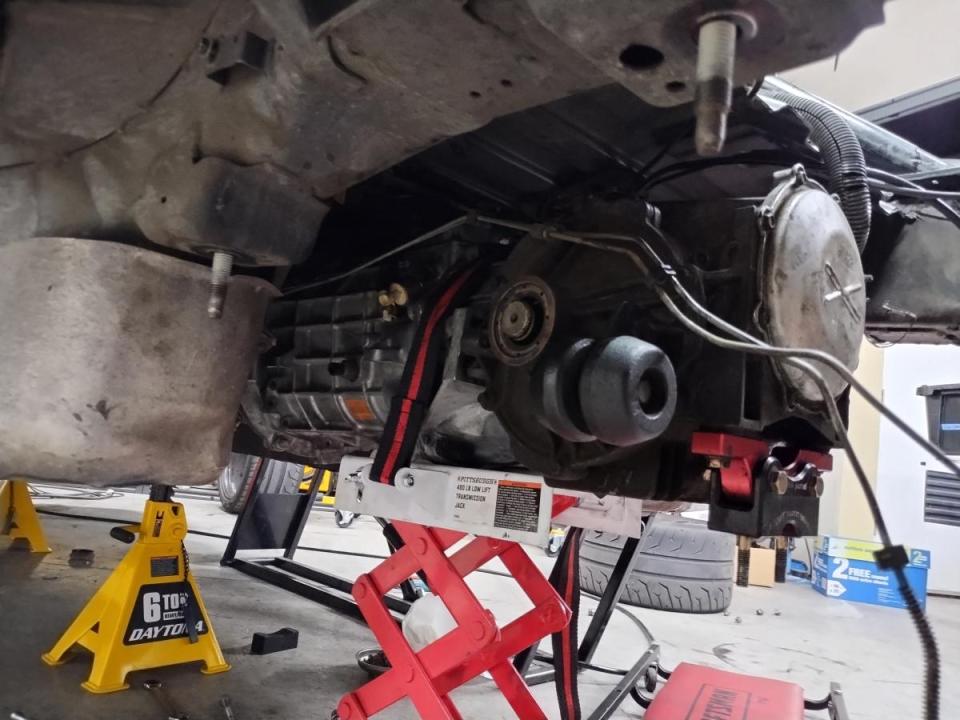
So a common discussion point on Corvettes is conversations around gear ratios. Whether it's street drivers looking for that easy to get extra oomph, racers trying to maximize their engines potential for the tracks they frequent, or drag racers chasing the quickest time they can get, there's a lot of different use cases and reasons why a person might seek out different gearing ratios. We're going to try and shed some light on the topic to try and help you out with your decision.

The basics: What even comes stock on the C5 Corvette
The C5 Corvette shipped from the factory with two different manual transmission gearing, and one automatic transmission gearing.
| Gear | Base Manual Transmission Ratio | Z06 Transmission Ratio | Automatic Transmission Ratio |
|---|---|---|---|
| 1st | 2.66 | 2.97 | 3.06 |
| 2nd | 1.78 | 2.07 | 1.63 |
| 3rd | 1.3 | 1.43 | 1 |
| 4th | 1 | 1 | 0.70 |
| 5th | 0.74 | 0.84 | |
| 6th | 0.50 | 0.56 | |
| Reverse | 3.42 | 3.28 |
The C5 Corvette also shipped with 3 different rear differential ratios. The C5 Corvette's with manual transmissions came with 3.42 rear differential ratios, while the automatics featured either a 2.7 or a 3.15 differential if the car came with the "performance differential" option or not.
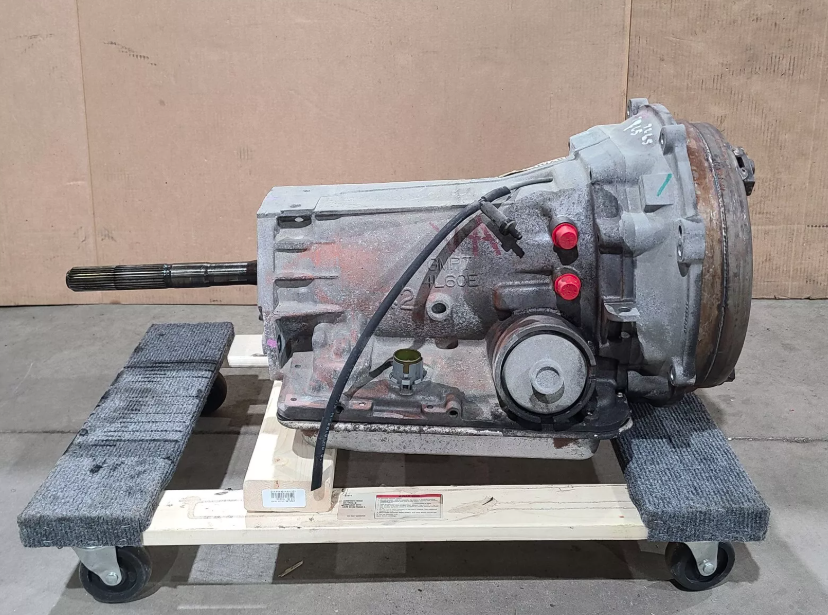
While reviewing the automatic transmission and diff offerings versus the manual offerings, it's important to note that torque converters (a piece of the automatic transmission drivetrain) naturally has a torque multiplying effect prior to stall, helping the car get going despite it's higher final drive ratio. It's also worth noting incase you're unfamiliar that a torque converter's stall is the point at which torque converters directly transmit power. A torquier / street oriented motor will generally have a lower stall rating, while a more powerful engine that perhaps lack low end power will have a higher stall to assist the motor getting off the line. Thus the automatic will look like it's final drive ratios will appear a bit too tall, but when getting off the line the torque converters really help make up the difference
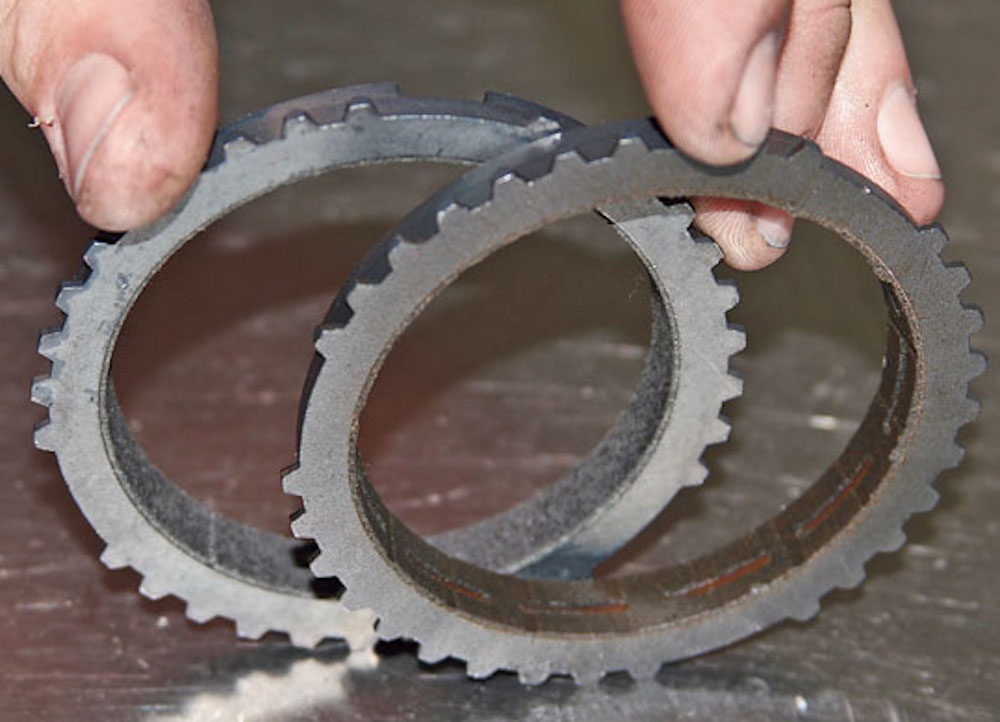
The early C5 T56 (Manual) transmissions all had paper blockers (see what RPM transmissions had to say about this), while the 01+ transmissions all had upgraded carbon fiber blockers. In the picture above you can see the difference, with the ring in the background/left being carbon fiber, while the one on the right/front is the paper blockers, that being the ring on the inside. The upgrade to carbon blockers ensured that they would last longer along with hold up better to modern synthetic transmission fluids. Ontop of the carbon fiber blockers lasting longer in general, GM was also discovering that Corvette owners would often put the best and most expensive fluids they could in their Corvettes, and it was causing some premature failures amongst corvette owners. So, they upgraded to the carbon blockers and all was well. Just be aware if you've got an older GM transmission and you put synthetic fluid in your trans, it's days may be numbered before it'll need a rebuild!
What Gearing Ratios are Desirable for what Discipline, and Why
There's a fair bit of ways to mix and match the aforementioned information, and that's before we even mention that you can get aftermarket differential ratios of 3.9, 4.1 and even 4.5! So knowing all of that, just what gearing ratios work well for what discipline?
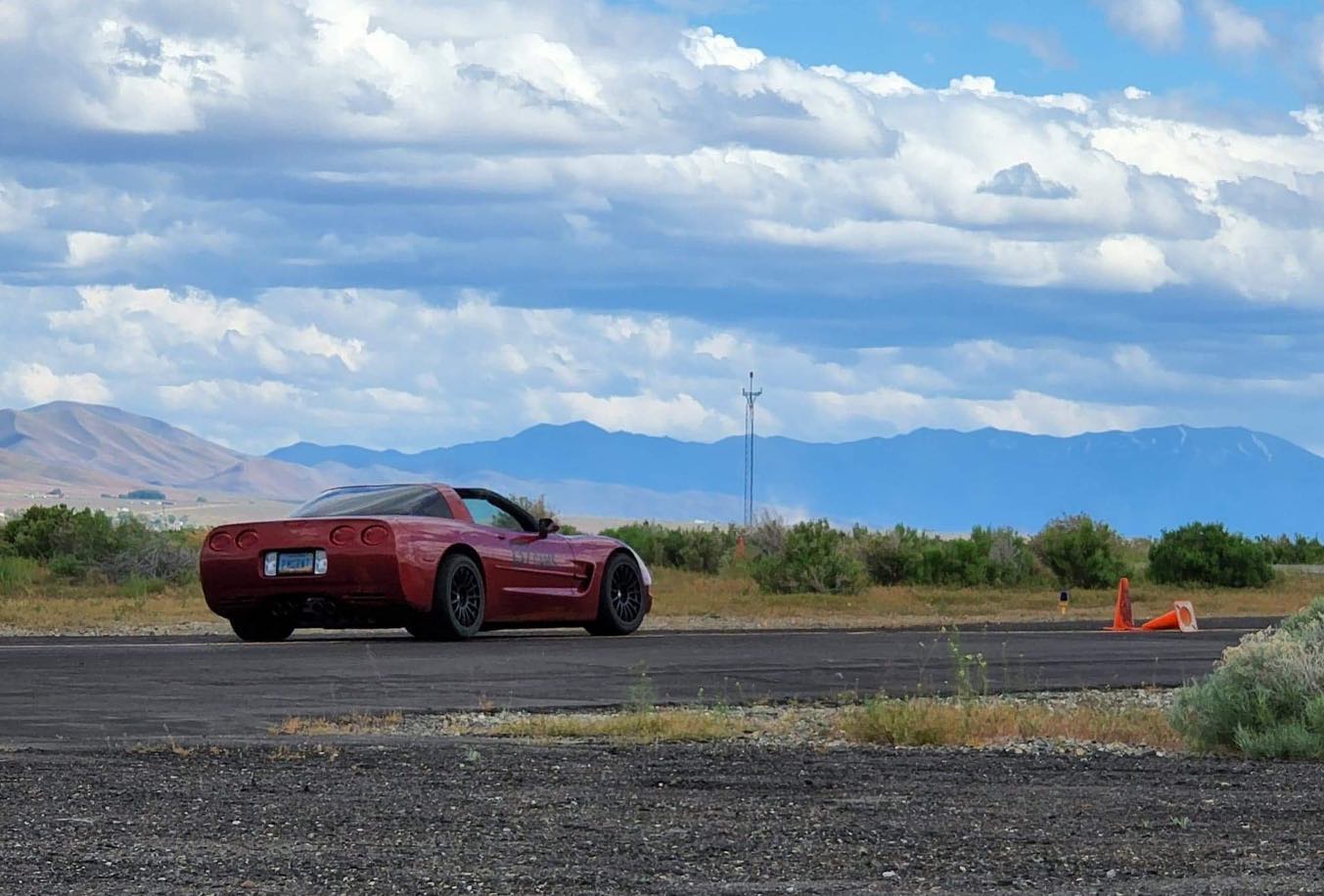
Street Driving
On the street, a slightly more aggressive ratio of 3.7 or 3.9 helps as the car will accelerate faster while also taking that sky high final drive ratio down a bit more into a usable realm for most folks. You can go as high as 4.1, but you'll start to turn some rather high RPMs at cruising speed on the highway. A gearing upgrade is also a solid option to add some pep to your car if you live in a state with strict OEM equipment requirements like California. Keep in mind though if you go with a higher rear diff and the ratios of the Z06 transmission you may find yourself constantly shifting. There are also some fuel efficiency repercussions if that matters to you, along with general comfort as it will increase the RPM your car turns at highway speeds. Some folks report improved drivability in 6th gear however with 3.7 and above differential ratios.
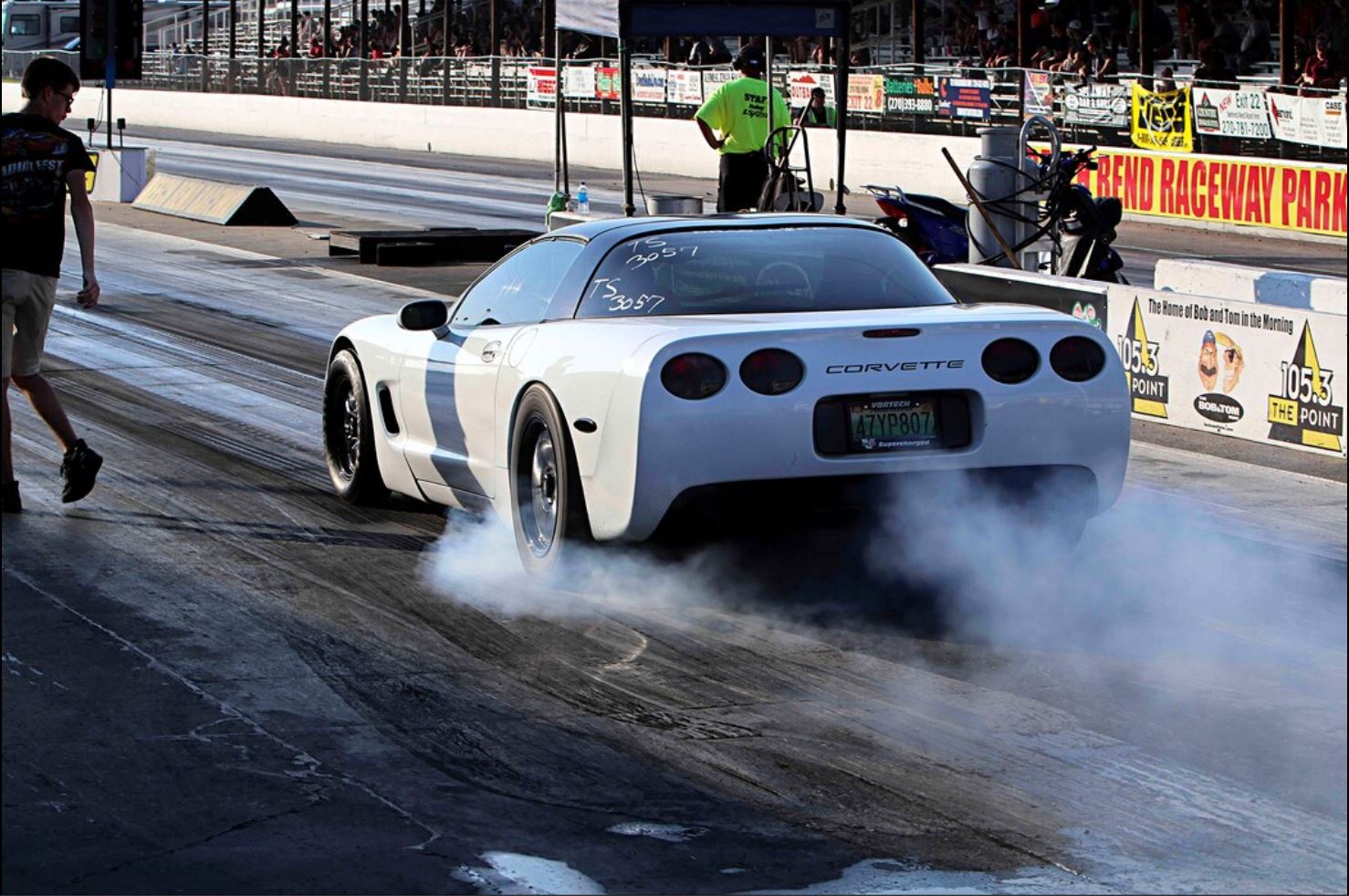
Drag Racing
At the drag strips there's really no standard answer as it is assumed your cars engine will be modified. While the C5 is not a slouch by any standards, it's pretty rare to see one drag raced in stock format other than for laughs and grins. The main thing to consider is that you want to optimize a gear for launching in, and then adjust your gearing so as you are hitting the peak of your powerband RPM wise right at the end of the track. Also, keep in mind if you're shifting you aren't putting down power so sometimes the 3.9 and 4.1 diffs will actually yield slower times as the car will be faster when accelerating but you'll have that one additional shift someone with the 3.4 or 3.7 gears wouldn't have.

Track / Race
At the track the golden standard is the base model transmission gearing ratios with the 3.4 rear differential ratio. This gives 4th gear a top speed of about 140~mph, which is the most you'll see on the vast majority of tracks out there. While a 3.7 differential or greater will yield improved acceleration out of turns, it can either result in having to make additional shifts where you aren't putting power down, or it'll mean you have to resort to using 5th gear on the straights and then there is some power loss from the overdrive ratios. All of the above said, if your local tracks don't have larger straight aways where you can hit redline in 4th, or maybe you're competing in a class where engine modifications are limited so you'd just never hit that top speed anyways... a different differential ratio might just help you out!
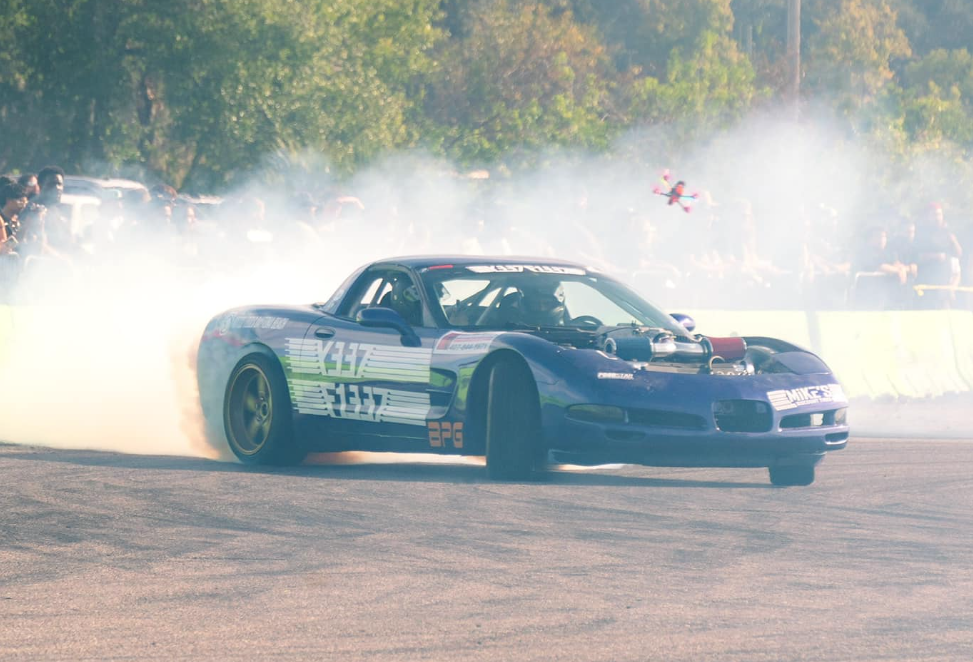
Drifting
The numbers here seem to be a bit all over the place. The C5 Corvette is pretty killer right out of the box for drift, but more power is always a bit nice. Most folks report zero issues with the 3.4 differential ratio, though a clutch kick may help out. Others report they went with both more power and 4.10 gears. Ultimately there does't seem to be a wrong answer here, the C5 Corvette is a killer drift rig and produces higher power with stronger acceleration across a broader RPM band than most other cars can even when moderately modified.
